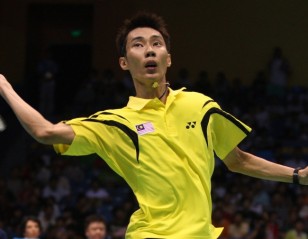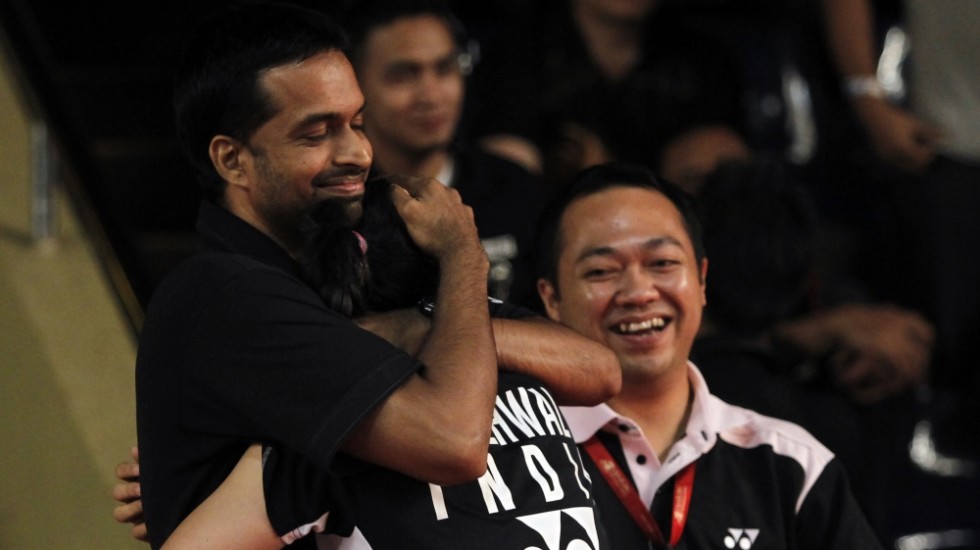
London 2012: India’s chief strategist plots London game plan
Even as Saina Nehwal’s third Djarum Indonesia Open title was celebrated across India, the man who devised her successful campaign stayed out of the spotlight.
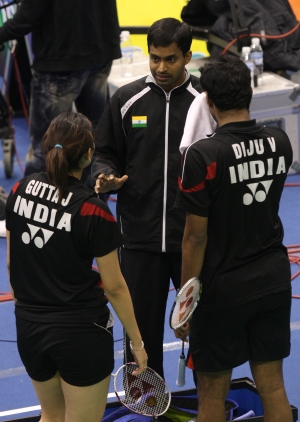 Yet it was her coach Pullela Gopichand’s astute planning and foresight that culminated in another Superseries title – a victory that will see Nehwal head into the Olympics as one of the favourites for the gold medal.
Yet it was her coach Pullela Gopichand’s astute planning and foresight that culminated in another Superseries title – a victory that will see Nehwal head into the Olympics as one of the favourites for the gold medal.
It is not just with his star pupil that Gopichand has achieved impressive feats. As chief strategist for a strong and youthful Indian team, the former All England winner is rated one of the sport’s most accomplished coaches.
Consider the achievements he has savoured. Both Nehwal and the other singles Olympic qualifier, Parupalli Kashyap, are his trainees.
A week before Nehwal’s back-to-back wins in Thailand and Indonesia in June, the little-known K Srikanth – another Gopichand trainee – stunned World Junior Champion Zulfadli Zulkifli in the final of the Maldives International. Perhaps the most exciting young talent in Gopi’s stable is PV Sindhu, who became the first Indian girl to win the badminton Asia Youth U-19 Championships in early July. Then there are players like HS Prannoy (2010 Youth Olympic silver medallist), national champion Sourabh Verma, his younger brother and Asian Junior finalist (2011) Sameer Verma, World Junior semifinalist (2010) Sai Praneeth, Guru Sai Dutt, and a few others who are entering the senior international circuit and already have several promising results to their credit.
To manage a player of Nehwal’s stature is challenging enough, but how does Gopichand manage so many young players simultaneously?
The answer, he says, is in establishing a system and managing it. He has solicited Indonesian help – the coaches associated with his academy include respected names such as Hadi Idris, Atik Jauhari and Edwin Iriwan – who have brought world-class coaching expertise to Indian camps. Besides that, Gopi works himself to the bone.
“When I’m in India, I don’t travel,” Gopi says. “When I’m in Hyderabad, I’m at the academy through the day. The first batch comes in at 4.30 a.m. – I’m there by 4.15. With each batch I get one hour. I’m done at the academy by 6.30 p.m., I retire for the day by 9.30 p.m.
“There are so many of them that require attention – Sourabh, Sai, Guru, Kashyap. We need them to be consistent. The younger guys are getting results against the second-rung Indonesians and Malaysians. We’re getting better but we need to move to the next level.”
When Gopi took over as national chief coach in 2006, he was clear about one thing: Indian players had to be fit. For years, Indians were regarded as skilful players who couldn’t last the distance in a tough fight. Gopi was determined to change that and established a system which emphasised physical fitness as much as it did the game’s technical aspects.
The result: a generation of youngsters who are extremely confident in their physical abilities.
To hear an Indian player claim she is a match for the world’s best players in terms of stamina or power would have been unthinkable ten years ago but Gopi has effected a fundamental change in the value system of his players.
Today, Gopichand’s is the brain on which the Indian challenge is built. He is aware of how tough things can get for Saina Nehwal. He has to ensure she is constantly improving and countering her rivals’ moves.
“There’s a need to be smart. You need to be ahead, and sometimes go by gut feeling and intuition. At the end of the day, you need confidence to plan and tell your player to execute a certain strategy. It involves a lot of things…thinking ahead about what’s to be done.”
One of the crucial decisions Gopi and Nehwal made in April was to try and reduce her weight by five kilos, to help improve her movement. That decision seems to have worked wonders, for she looked sharp and agile during her two tournament wins in June.
“It was a conscious decision taken; continuous improvement is necessary,” said Gopi. “Saina’s game is different today from how it was a few years ago. It’s important for her to keep getting better and sharper.”
There can be no better stage than the Olympics for the five shuttlers who will represent India. In his only Olympics as a player – Sydney 2000 – this tactical wizard faltered in the third round. It’s a defeat that still rankles him.
An Indian medal in London would go a long way to healing that pain.
Olympic and Paralympic News
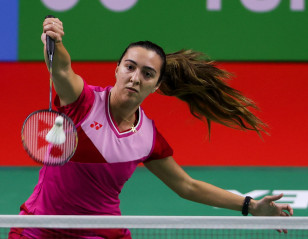
Tokyo 2020: A Parliamentarian at the Olympics 22 July 2021
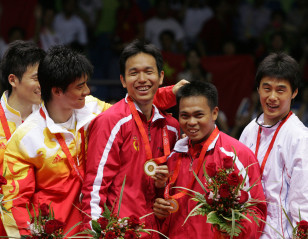
Cai Yun, Fu Haifeng Pay Tribute to ‘Cannon’ Kido 19 June 2021
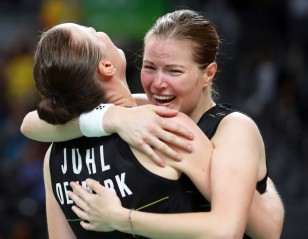
History-Making Danes Thwart China – Day 6 Session 1: Rio 2016 16 August 2016

London 2012: Day 9 – Men’s Doubles: Careers Complete with Golden Sweep 5 August 2012
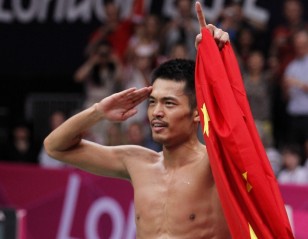
London 2012: Day 9 – Men’s Singles: He’s ‘Dan’ It! 5 August 2012
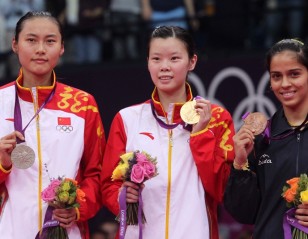
London 2012: Day 8 – Women’s Singles : Li Xuerui Repays Country’s... 4 August 2012

London 2012: Day 8 – Women’s Doubles: Double Take for Zhao Yunlei 4 August 2012
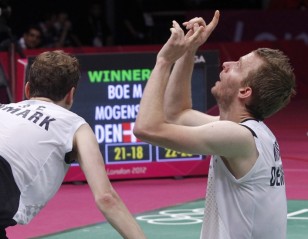
London 2012: Day 8 – Men’s Doubles Semis: Korea’s Loss is Denmark’s... 4 August 2012
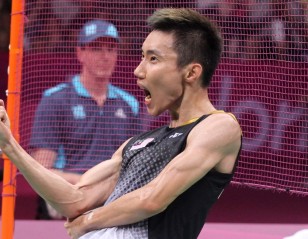
London 2012: Day 7 – Men’s Singles Semis: Lin Dan, Lee Chong... 3 August 2012
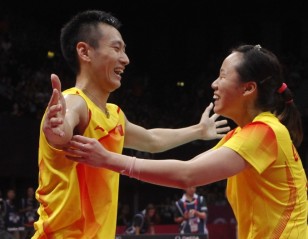
London 2012: Day 7 – Zhang-Zhao Tops World of Mixed Doubles 3 August 2012
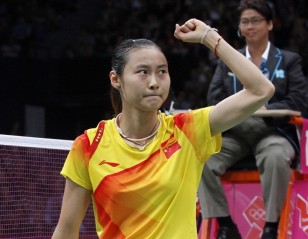
London 2012: Day 7 – Women’s Singles Semis: Wang Yihan Routs Nehwal 3 August 2012
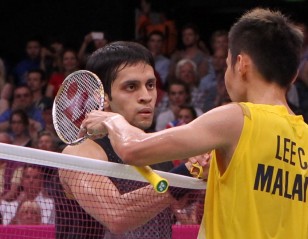
London 2012: Day 6 – Session 3: Lin Dan, Chong Wei in... 2 August 2012
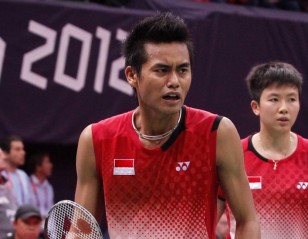
London 2012: Day 6 – Session 2: China Assured of Mixed Doubles... 2 August 2012

London 2012: Day 6 – Session 1: Four Countries Eye Men’s Doubles... 2 August 2012
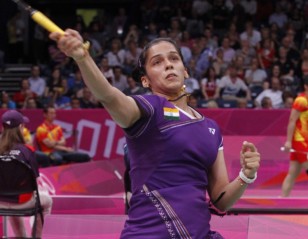
London 2012: Day 5 – Session 3: Great Medal Expectations for Saina 1 August 2012
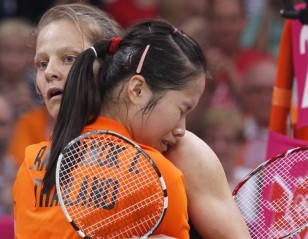
London 2012: Day 5 – Session 2: Juliane Schenk Crashes Out to... 1 August 2012

London 2012: Day 5 – Session 1: Final Bow for European Greats 1 August 2012

London 2012: Koreans’ Appeal Rejected; Indonesia’s Withdrawn 1 August 2012
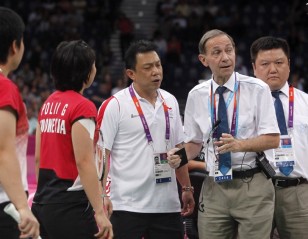
London 2012: Four Pairs Disqualified 1 August 2012
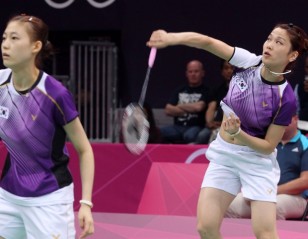
London 2012: Badminton Players to Answer Charges 1 August 2012
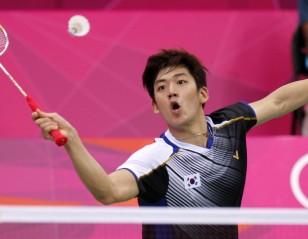
London 2012: Day 4 – Session 3: Lee Yong Dae Looking to... 31 July 2012
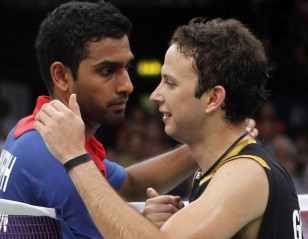
London 2012: Day 4 – Session 2: Cordon Creates Continental History 31 July 2012
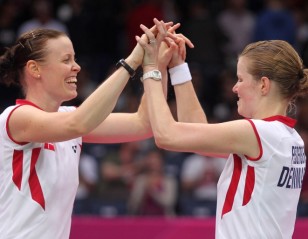
London 2012: Day 4 – Session 1: Chinese Doubly Surprised! 31 July 2012
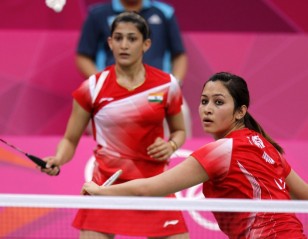
London 2012: Day 3 – Session 3: Korea’s Top Guns Bow Out 30 July 2012

London 2012: Day 3 – Session 2: Injury Pulls Poles Apart 30 July 2012
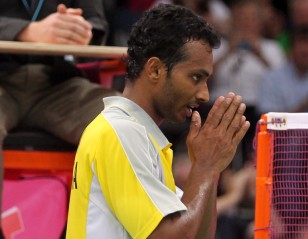
London 2012: Day 3 – Session 1: Olympics Gets Even Better for... 30 July 2012

London 2012: Day 2 – Session 3: Chinese Focused on Golden Finale... 29 July 2012
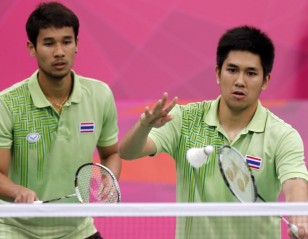
London 2012: Day 2 – Session 2: Beware the Baby-Faced Assassins 29 July 2012
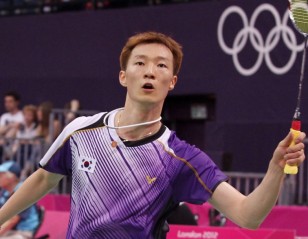
London 2012: Day 2 – Session 1: Brits Going Home from the... 29 July 2012

London 2012: Day 1 – Session 3: Australians’ Fighting Spirit to the... 28 July 2012
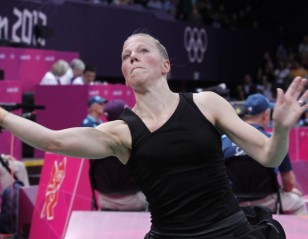
London 2012: Day 1 – Session 2: Anu ‘Finnish-ed’ Losing at Olympics 28 July 2012
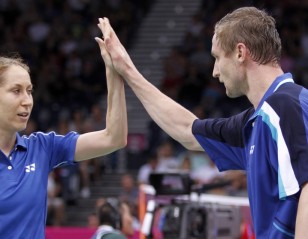
London 2012: Day 1 – Session 1: Russians Surprise British Hopefuls 28 July 2012
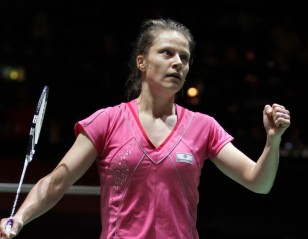
London 2012: Weight of Country and Continent on Schenk’s Shoulders 27 July 2012
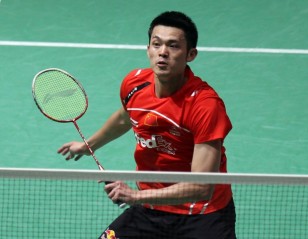
London 2012: Lin Dan: ‘I was just an ordinary kid like anyone... 27 July 2012
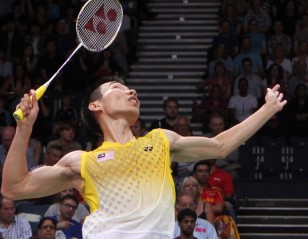
London 2012: Lee Chong Wei takes on ghost of Wembley 27 July 2012

London 2012: Another Starry Accomplishment in Li Lingwei’s Brilliant Career 26 July 2012

London 2012: BWF President Hails ‘Worthy Recognition’ For Sir Craig Reedie 26 July 2012

London 2012: Self-belief breathes new life into Kashyap 26 July 2012
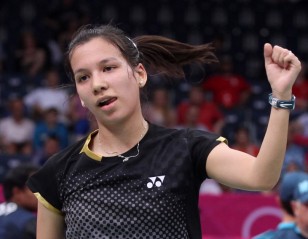
London 2012: Brother and sister create badminton history 26 July 2012
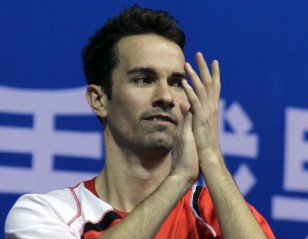
Robertson lights up Wembley Arena with Olympic torch 25 July 2012
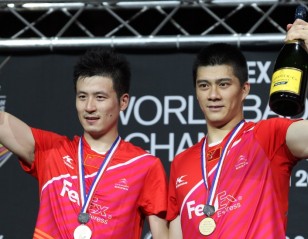
London 2012: Cai and Fu: Seeking the missing piece to their collection 24 July 2012
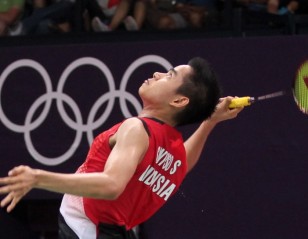
London 2012: Olympic Games LIVE DRAW 23 July 2012
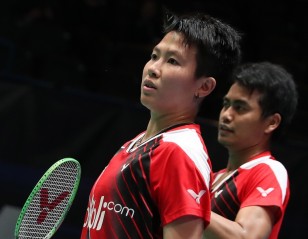
London 2012 Lilyana Natsir: The key to Indonesia’s golden hopes 19 July 2012
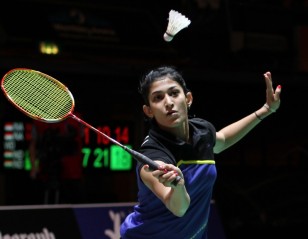
London 2012: World Championships bronze inspires Ponnappa 16 July 2012
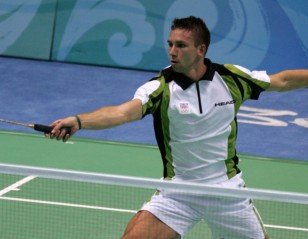
London 2012: ‘Czech’ out Petr in Opening Ceremony – badminton’s gritty warrior... 12 July 2012
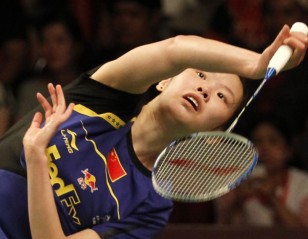
London 2012 Olympic Games Qualification: Li Xuerui’s London calling 10 July 2012
